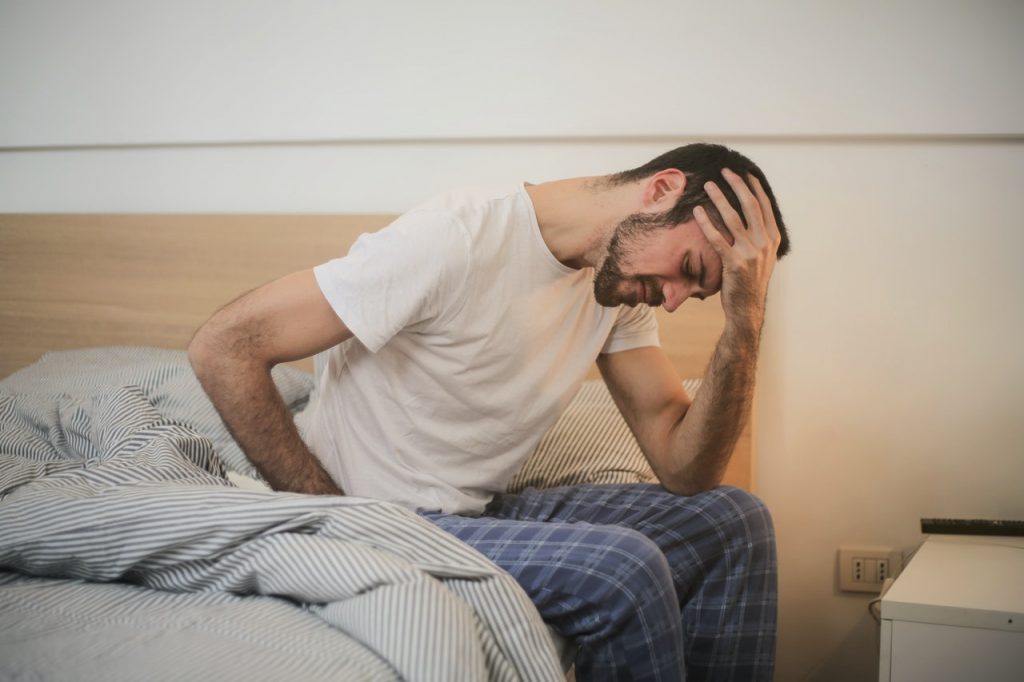
Sponsored article
Urinary incontinence is a problem that affects more and more people. This ailment is a source of discomfort for the patient and often has a negative impact on his life. Find out what are the causes of this condition and how to treat it effectively.
Urinary incontinence, also called incontinence, is an unintentional, involuntary leakage of urine that happens at different times of the day and in different situations. It may take the form of partial or complete emptying of the bladder, over which the patient has no control. According to statistics, the problem of urinary incontinence can be faced even by approx. according to statistics incontinence can be a problem of up to 15% of the society and these are not only seniors but more and more often younger people as well. The disease significantly impedes everyday functioning. Patients rarely want to talk about their disease, treating it as an embarrassing and troublesome affliction. For this reason, in many cases they also wait a long time before visiting a specialist. This problem should never be underestimated as early diagnosis and treatment may bring the desired results.
Urinary incontinence manifests itself in different ways and therefore several types can be identified. The most common type is urgency incontinence, when a patient urgently needs to pass urine several times a day. It is so strong that the patient is unable to control his bladder before he goes to the toilet. When the problem arises as a result of considerable exertion or under the influence of sneezing, laughing or coughing then it is called stress urinary incontinence. Other types of urinary incontinence are called drop urinary incontinence, i.e. urine leakage in the form of drops despite previous use of the toilet. This problem can also occur when the bladder is overfilled, resulting in involuntary leakage.

Such an affliction in each case may have a different origin and, depending on the source of the problem, also different methods of treatment may be applied. In the case of men, this condition very often occurs as a result of prostate diseases, such as prostate enlargement. Prostate hypertrophy can cause overactive bladder and consequently urinary incontinence. Occasionally, inflammation or a developing prostate cancer may also be the source of this condition. The history of urinary tract infections or damage to the urethra may also have an impact. Urinary incontinence may also occur in the treatment of various diseases, such as diabetes, or as a result of various medications, such as diuretics.
This ailment should never be underestimated and a medical consultation is necessary in this case. Based on detailed diagnostics, the doctor will be able to determine the cause of the disease and choose the best way of treatment. Often at the beginning it is conservative, such as giving up previous eating habits, including the avoidance of fizzy drinks, etc. that irritate the bladder. In order to reduce the discomfort associated with incontinence you can also reach for absorbent panties, which can replace traditional underwear, facilitating everyday functioning despite unpleasant discomfort. They can be adjusted not only in terms of size, but also the severity of your symptoms. If the problem is more serious, the doctor may recommend pharmacotherapy and, in the final case, surgery.
Photo: Pexels